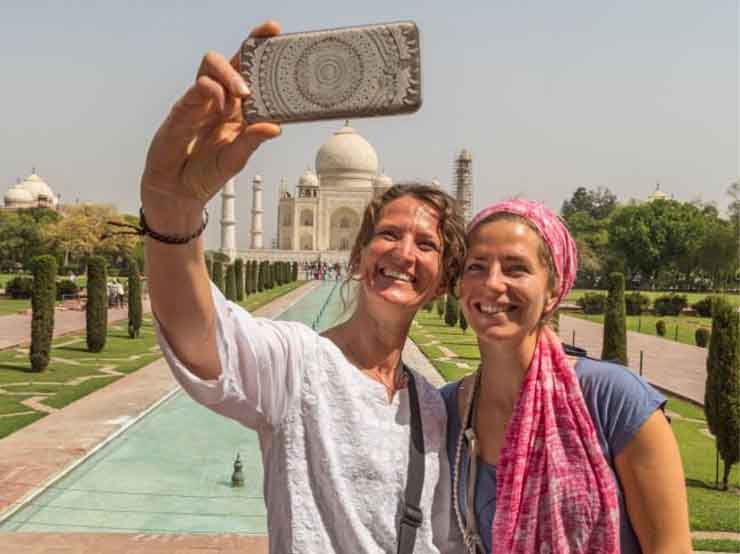The Taj Mahal, one of the world’s most iconic landmarks and a UNESCO World Heritage Site, continues to enchant millions of visitors every year. However, beyond its breathtaking beauty lies a network of strict security measures carefully designed to protect both the monument and its visitors. Therefore, understanding these safety rules before your trip will make your experience smoother and more enjoyable.
Tight Security for a Timeless Treasure
Because the Taj Mahal attracts thousands of tourists daily, authorities maintain an extensive security system around the site. From metal detectors at the entrances to constant video surveillance, every detail is closely monitored. As a result, visitors can explore the monument knowing their safety is a top priority.
Upon arrival, all guests must pass through security screening. Bags are checked thoroughly, and metal detectors ensure that no restricted items are brought inside. In addition, officers from the Central Industrial Security Force (CISF) patrol the grounds continuously, ensuring that the area remains secure at all times.
Furthermore, drones, tripods, and large bags are strictly prohibited, as they may pose a risk to both visitors and the structure. To make the process easier, tourists are advised to carry only essentials such as mobile phones, wallets, and small cameras.
What You Can (and Can’t) Bring Inside
Before your visit, it’s important to know what items are allowed and which are not. By preparing ahead, you can save time at security and avoid unnecessary delays.
Allowed items include:
-
Mobile phones and compact cameras
-
Wallets and small handbags
-
Water bottles (up to 500 ml)
-
Essential medicines or baby items
Prohibited items include:
-
Food, tobacco, and smoking materials
-
Drones, tripods, chargers, or other electronic gadgets
-
Sharp objects, knives, or lighters
-
Large bags, books, and even pens (to prevent possible damage to the marble)
In short, travel light to make your entry faster and stress-free.
Different Gates and Entry Procedures
The Taj Mahal has three main entry gates — East, West, and South. While the East and West gates are typically open for visitors, the South gate is often used as an exit during busy hours. Therefore, checking gate availability before your visit can help you plan better.
To avoid long queues, it’s highly recommended to purchase your tickets online in advance. Not only does this save time, but it also allows authorities to manage crowd flow more effectively.
Eco-Friendly and Safety Measures
Since the Taj Mahal lies in an eco-sensitive zone, only non-polluting vehicles are allowed near the monument. Consequently, visitors must use battery-operated shuttles, cycle rickshaws, or horse-drawn tongas from the parking areas to the entrance.
Moreover, to ensure everyone’s safety, officials limit the number of visitors during peak hours, particularly at sunrise and sunset. These steps help maintain both the monument’s beauty and visitor comfort.
Respect the Monument and Its Rules
While security plays a vital role, respecting the site is equally important. Avoid touching the marble walls, writing on surfaces, or leaving litter behind. Even small careless actions can cause long-term harm to this timeless structure.
Photography is generally allowed in most areas. However, it is strictly forbidden inside the main mausoleum, and flash or drone photography is not permitted anywhere on the premises.
Plan Your Visit with Ticketstajmahal.com
Ultimately, the best way to enjoy a safe, seamless, and memorable visit is to plan ahead. By booking your entry tickets on Ticketstajmahal.com, you’ll gain instant access to verified ticket options, updated visiting hours, and current safety rules.
So, before you pack your bags, make sure to secure your tickets online. That way, you can focus on what truly matters — soaking in the majestic beauty of the Taj Mahal under the Indian sky.










Comment (0)